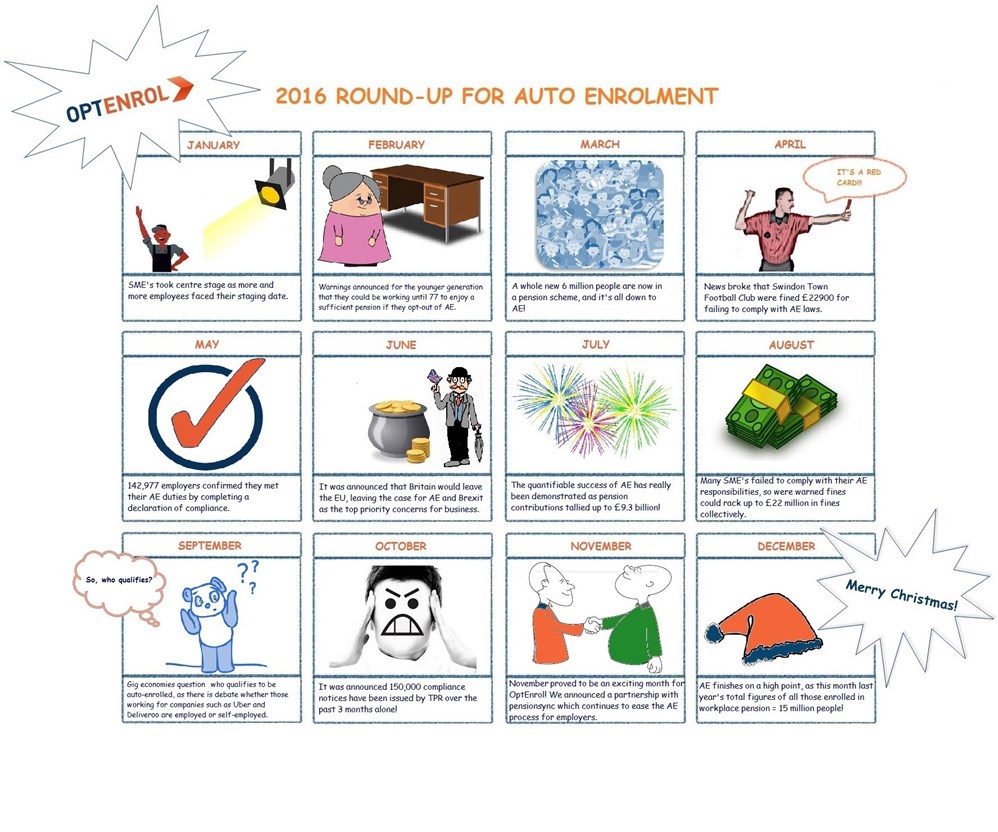The UK is one of many countries, including China, Japan and the USA, to be facing an ageing population. Whilst this is great news for the UK’s current retirees who are able to benefit from a healthy government pension it does pose one key concern. With an ageing – and also increasing – population, a strain is inevitably being put on the government’s pension funds. Taking this into consideration, there have already been talks to raise the automatic enrolment (AE) contribution to 12.5% by 2028.
Some argue that such an increase in contributions is not necessary. For example, an increase in employer contribution results in an increase in employee contribution which may be an unwanted hit to their monthly pay. This feeling is common amongst young people who do not see the value in thinking about their retirement fund so early on. However, if young people want to continue buying goods and using services at the rate they are used to, now is the time to be upping contributions.
Additionally, there needs to be measures in place to sustain the future of the population. According to the Office for National Statistics (ONS), those aged 90 and over in the UK has tripled since the 1980’s, whilst the population is predicted to increase to over 70 million by 2027. This comes down to key factors such as healthier lifestyles and modern medicine resulting in people living longer. Therefore, increasing the minimum AE contributions will ensure pension funds do not run dry in years to come.
So employers and employees alike, prepare yourselves! Whilst AE laws state by 2018, employers and employees must submit a minimum contribution of 1% each, this is only just the beginning. In order to sustain our growing and aging population, contributions are going to have to rise in order to prevent a pension pandemonium.








